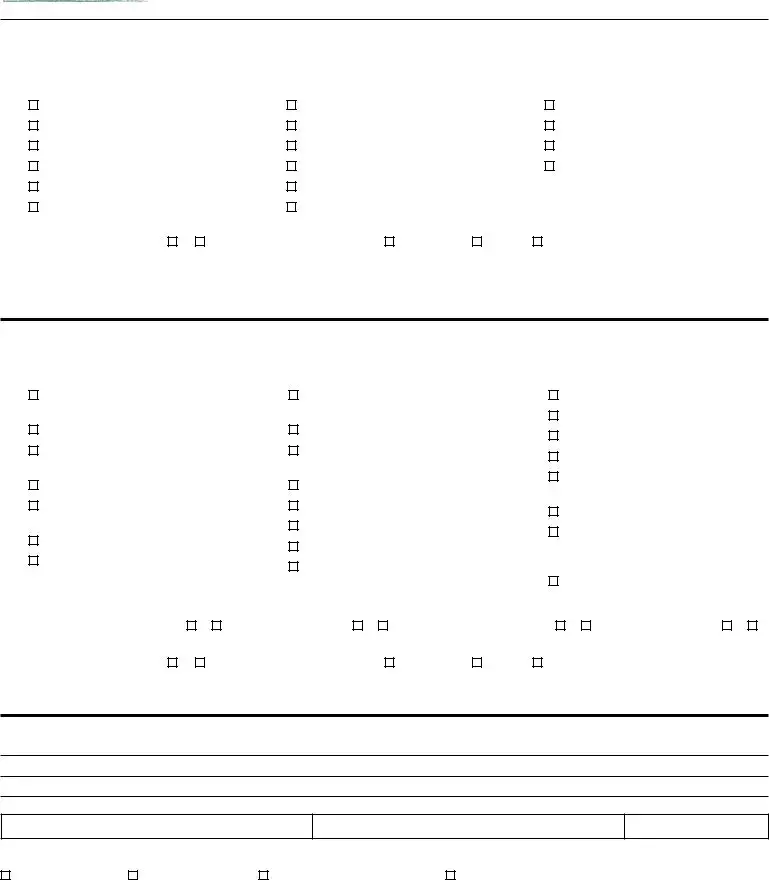The Louisiana School Behavior Report Form "B" is designed to officially inform parents or guardians about a student's behavior incident occurring on school premises or during school-related activities. It covers areas such as the classroom, cafeteria, auditorium, and more, providing details about the incident and the disciplinary actions taken by the school. The form aims to engage parents in a discussion with their child to help understand and potentially prevent future behavior issues, thereby ensuring the safety and well-being of all students.
This form is typically filled out by the teacher or school staff member who oversees or witnesses the behavior incident. After completion, it is then submitted to the school's principal for review and further action. The process ensures that all relevant details about the incident and the initial response are documented and communicated effectively.
Various incidents can be reported on the form, including but not limited to:
-
Use or possession of controlled substances or weapons
-
Acts of violence such as assault, battery, or sexual battery
-
Property crimes like arson, burglary, or vandalism
-
Behavioral issues such as public indecency, sexual harassment, or trespassing
-
Any serious offense or action that jeopardizes the safety or well-being of the school community
The report contains detailed information regarding the behavior incident, including:
-
The name and grade of the student involved
-
The teacher or staff member reporting the incident
-
Date, time, and location of the incident
-
A detailed description of the incident and the motivation behind it
-
Any related influences such as drugs, alcohol, or bias
-
The primary incident/reason codes to categorize the behavior
-
Disciplinary actions taken or recommended by the teacher or school administrator
-
Parental notification and involvement requirements
How are parents notified about the incident?
Parents or guardians are notified through either a phone call, a letter, or a conference. The form includes sections to document the date and time when the parent was contacted, ensuring that they are promptly informed about the incident and the actions taken or recommended by the school.
What happens after the report is filled out?
After the report is completed and submitted to the principal, the principal reviews the incident details and the initial disciplinary actions taken. Based on this review, further actions may be recommended or enforced, such as referral to a counselor, social worker, or even outside agencies for more serious incidents. A crucial step includes a follow-up with the parents or guardians to discuss the behavior and agree on preventative measures or interventions.
Is there a requirement for follow-up after the initial report and disciplinary actions?
Yes, the form encourages continuous monitoring and follow-up by requiring that a copy of the completed form, along with any additional documents such as behavior intervention plans, is provided to the initiating staff member, the student’s file, and the parent or guardian. This ensures that all parties are informed of the incident and the steps taken to address the behavior, facilitating an ongoing dialogue aimed at preventing future occurrences.

 Treats an authority with disrespect
Treats an authority with disrespect Commits immoral or vicious practices
Commits immoral or vicious practices Conduct or habits injurious to his/her associates
Conduct or habits injurious to his/her associates